The Ancient Chapel of Toxteth Park
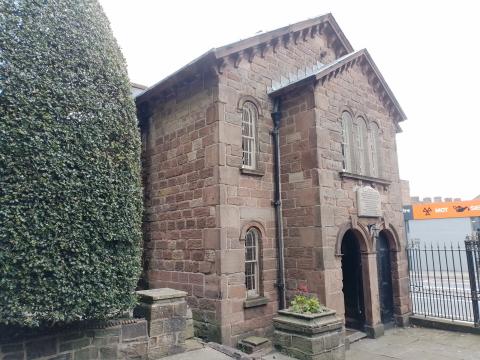
Last week I caught the omnibus to Liverpool, once again availing myself of public subsidy and getting to that most beautiful of English cities for a mere four pounds. It was not the shops to which I repaired, nor the wonderful concentration of museums and galleries for which the place is grown famous. Bus travel might be cheap but it is also slow and it took four hours each way, not including an hour’s wait between the out-bound connection. This afforded a mere two and a half hours during which I was to walk to Toxteth and inspect my quarry. Those as old as me will associate the area with riots while conjuring up images of unemployed blacks and unemployable whites, back in the 1980s. The area has improved since then, and I found it rather agreeable, though walking down one main road on a sunny afternoon in August will hardly be typical.
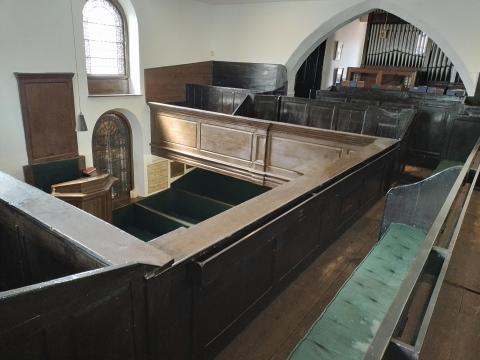
I had an appointment at a Unitarian Chapel, a member of which had kindly agreed to show me around. It was not the Unitarianism that attracted me, far from it, but its previous incarnation. The Ancient Chapel of Toxteth Park, to use its full and proper name, is probably the oldest, purpose-built congregational chapel in the world. Though all buildings are invariably tinkered with, enlarged, extended and renovated, for the most part, it feels rather like its original from 1618.
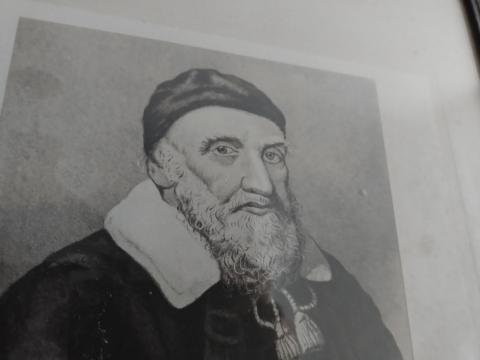
Toxteth Park was a somewhat remote, barren part of the world, and Lord Derby encouraged his puritan tenantry from Bolton to move there and cultivate its land, which twenty or so families agreed to do. They desired a school for their children, which they constructed in 1611 on the land now occupied by the path and the main entrance to the chapel. They appointed one Richard Mather, a bright and godly 15-year-old as its first master. What was good for gosling was also good for gander, so a chapel was built next to the school, and Master Mather invited to preach, which he did for the first time on 30 November, 1618. My Unitarian friend is probably right when he surmised that preaching had been taking place before the chapel was erected; those puritans would preach anywhere, not waiting for walls and a roof. So far away from civilisation was it, that the chapel was never consecrated; this suited young Mr Mather who, though ordained as a deacon in 1619, spurned the establishment. As a committed puritan, he loathed the surplice, the white garment worn over the black minister’s gown which was deemed a ‘rag of Rome’; in 1633 he was suspended for failing to conform in this regard by Richard Neile, Archbishop of York. When it was discovered that he had failed to wear it for the past fifteen years, Neile refused to restore him to his work at Toxteth, claiming "it had been better for him that he had begotten seven bastards". In other words, committing adultery or fornication seven times was a lesser evil in the archbishop’s eyes than failing to wear a piece of white cloth while leading worship. In 1635, he and his family set sail for New England, where he became a leading Congregationalist pastor.
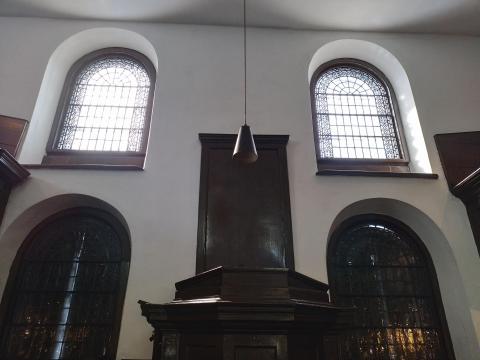
It was quite the privilege to stand in the chapel where such a great man preached and worshipped, who was yet prepared to surrender it all for the sake of his conscience and refusal to compromise his keen Protestantism. We therefore have the first, purpose-built congregational chapel in the world, which continues to meet, albeit for the benefit of Unitarians who deny the trinity. My kindly host at the chapel saw close links with the current emphasis on freedom of thought and conscience and Mather’s bold stance. I suspect the old puritan was somewhat less tolerant of ‘wrong doctrine’ that contemporary admirers would believe; here is a man who stood for truth even though it proved costly, and made his stand on this very spot.
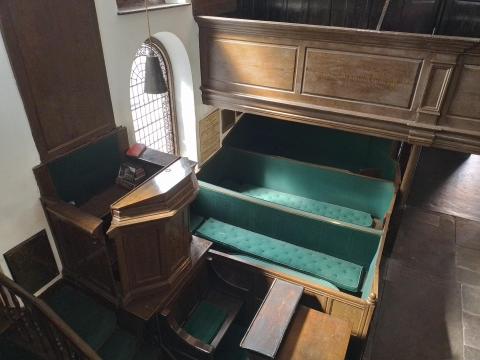
The chapel is today a favoured spot for Americans who like to see a little of Old England and where the father of Increase Mather and grandfather of Cotton Mather, leading lights in early Massachusetts, began his career. Toxteth is now a busy part of a thriving city, not the isolated and semi-independent corner of Lancashire where the bishops’ writ barely registered. Current occupants of the chapel may judge for themselves whether their Unitarianism is the heir of Mather’s example, or its stepchild. Yet I was very moved and gratified to have called in; it was worth the long journey and expense of eight pounds. It was here that the possibility of a gathering of Christians outside of the the state church was quietly realised; it was here that faithfulness to God's word, rather than loyalty to a bishop, was discreetly practised.
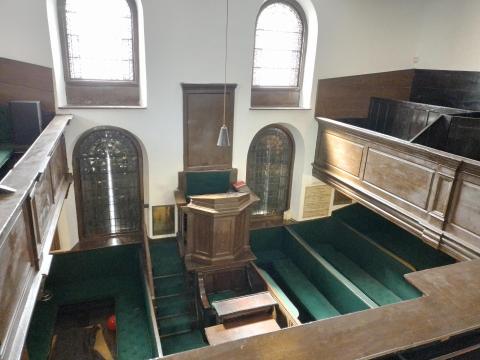
"I have this to bless God for that the terror of their threatenings, their pursuivants, and the rest of their pomp, did not terrify my mind: but I stood before them without being in the least daunted; and answered for myself, when permitted to speak, with that truth and soberness which the Lord put into my mouth, not fearing their faces. This supporting presence of the Lord I count not a much less mercy than if I had been altogether preserved out of their hands."
-Richard Mather, in Clark's Lives
- Log in to post comments


 Sunday Worship 10.45am & 6.00pm
Sunday Worship 10.45am & 6.00pm